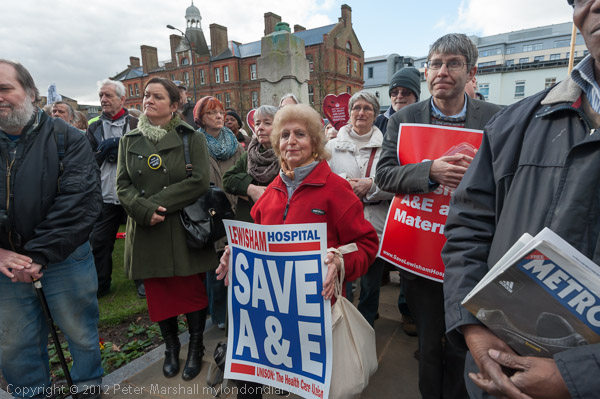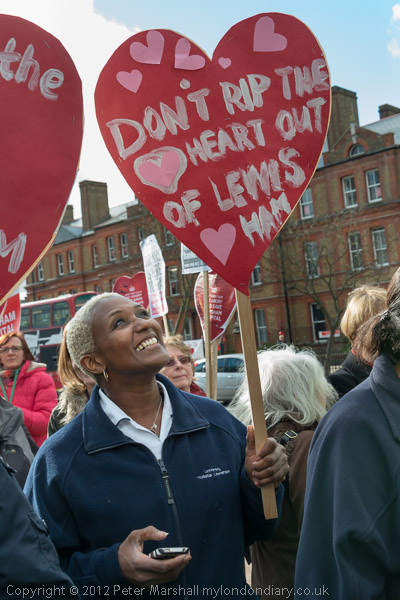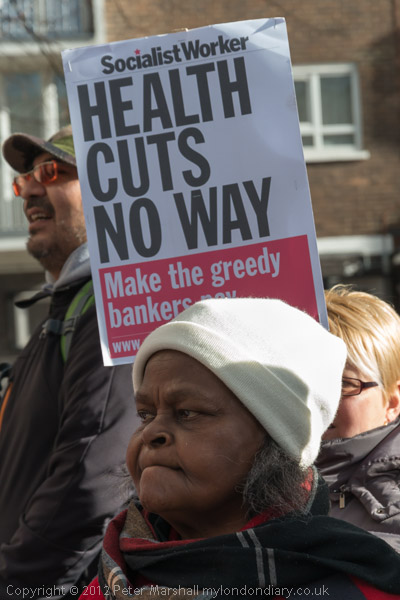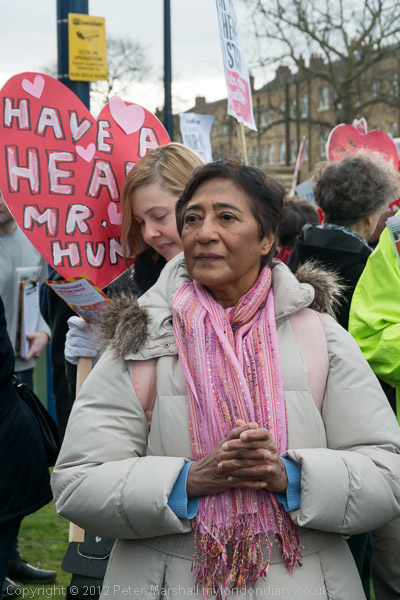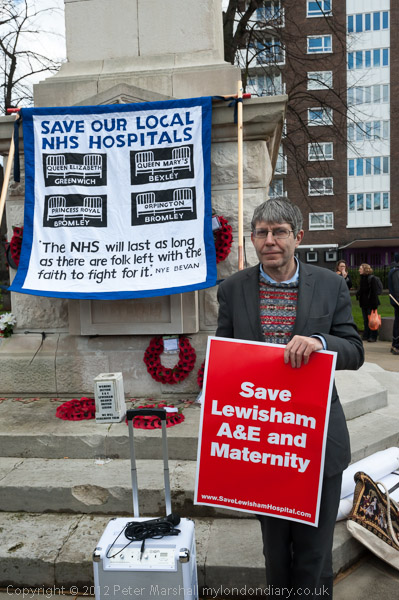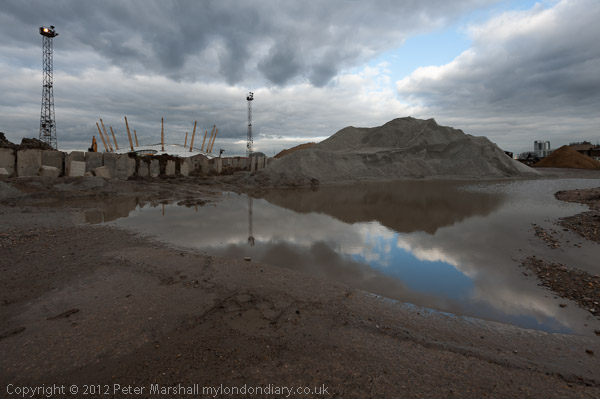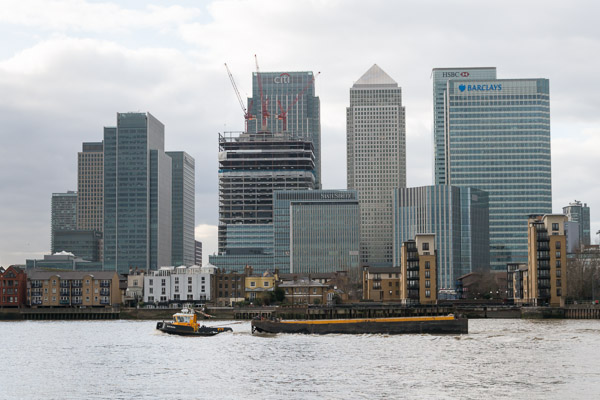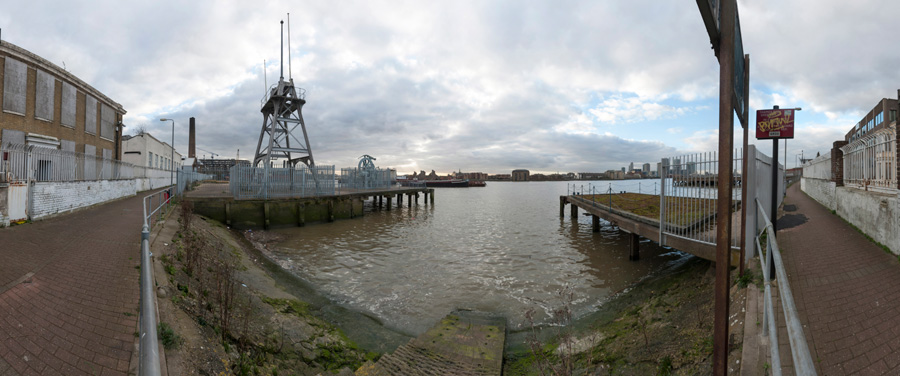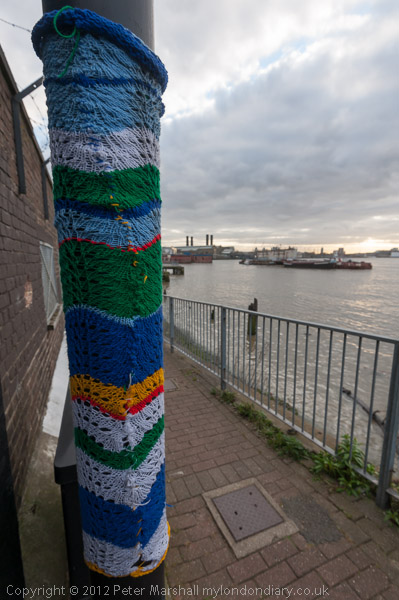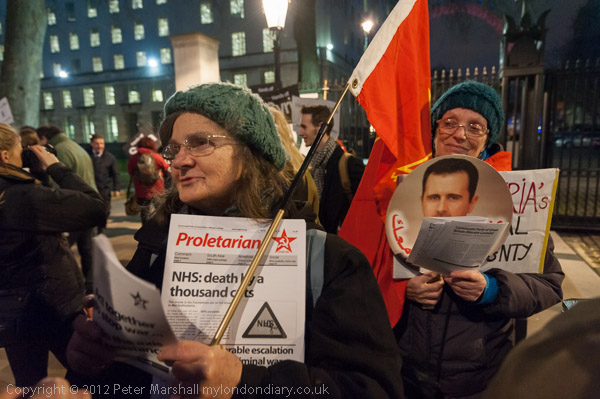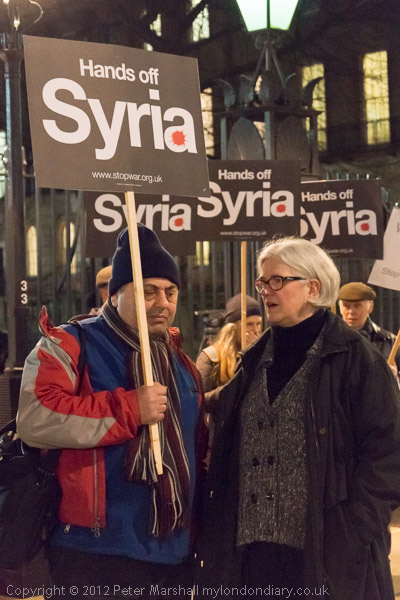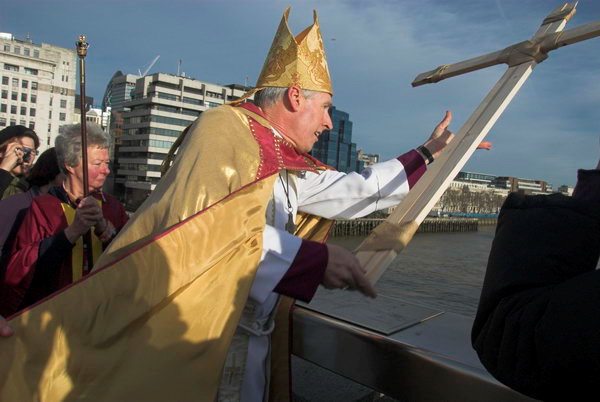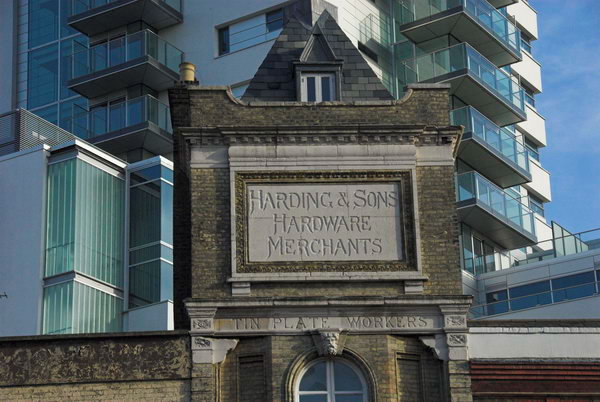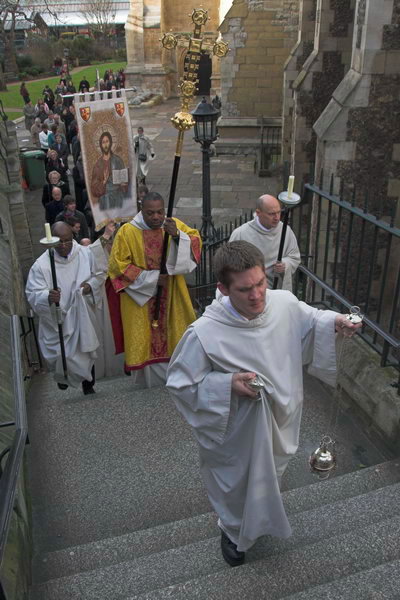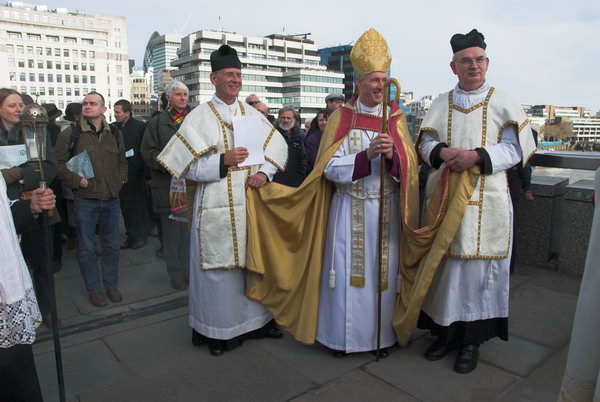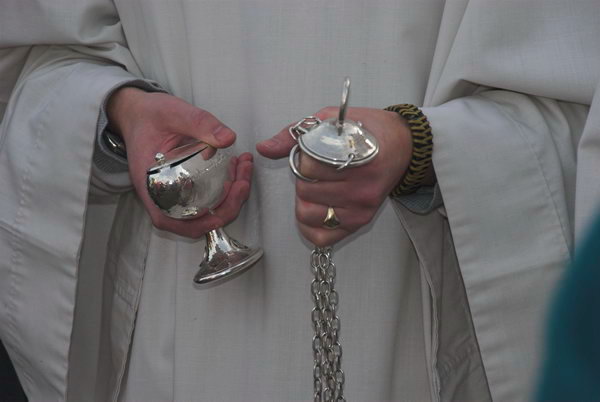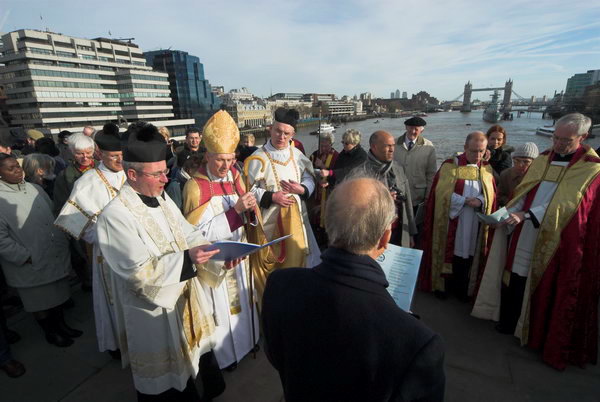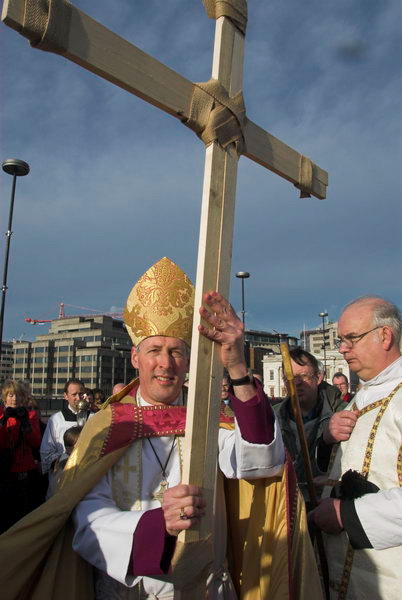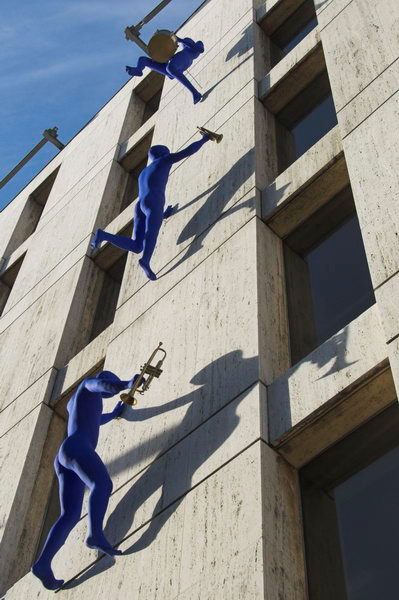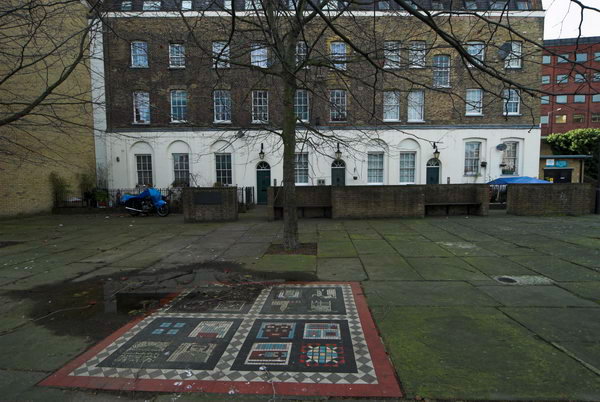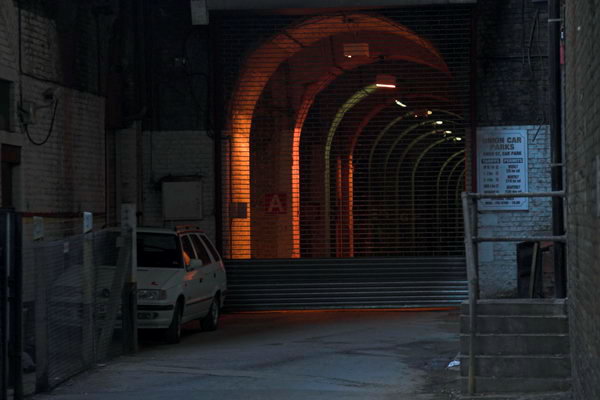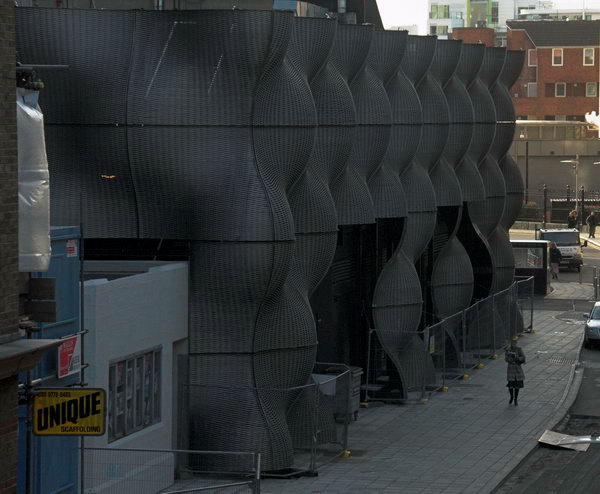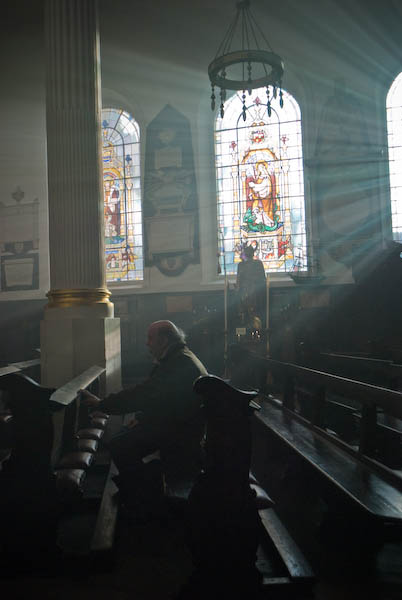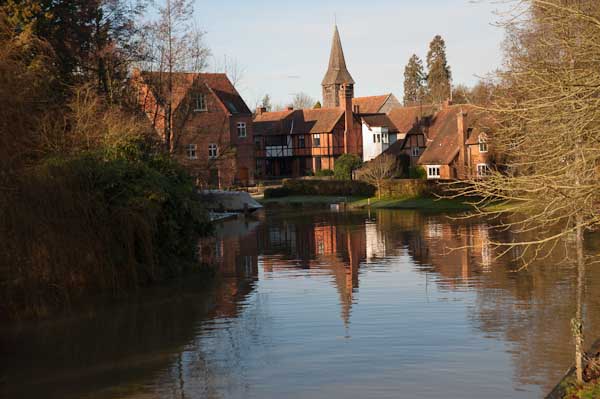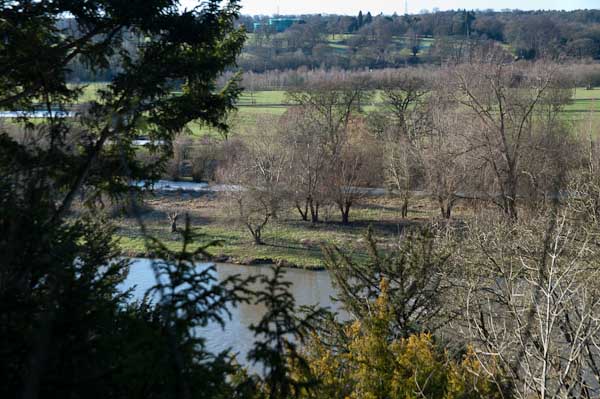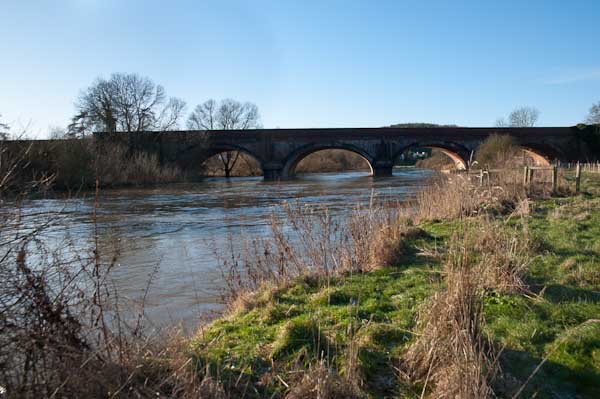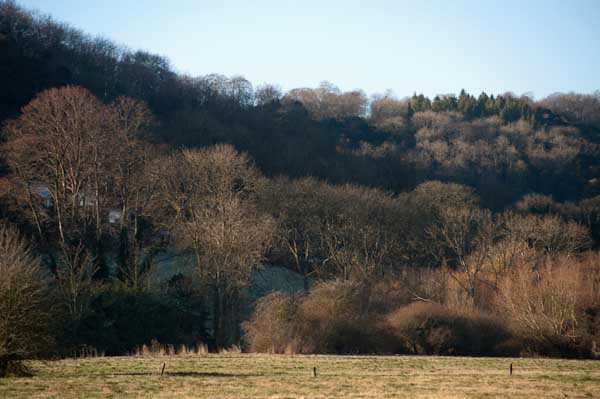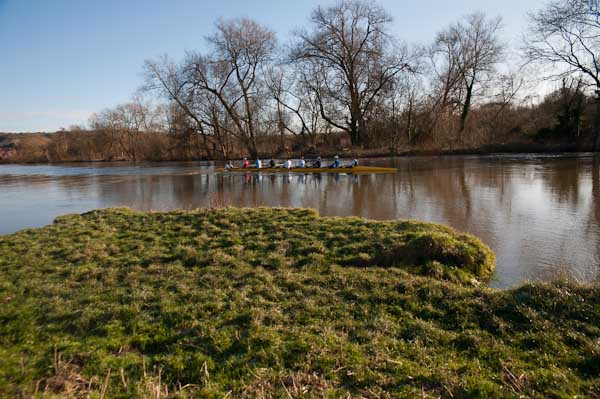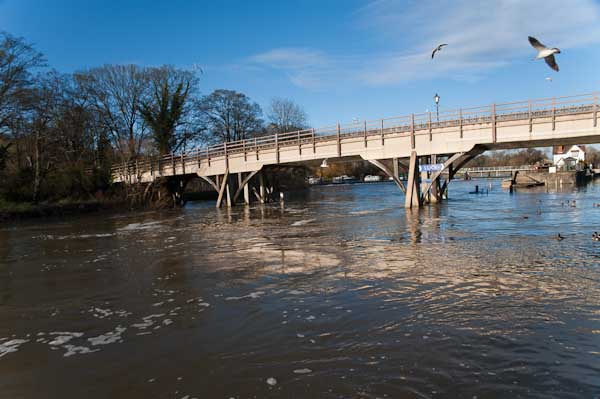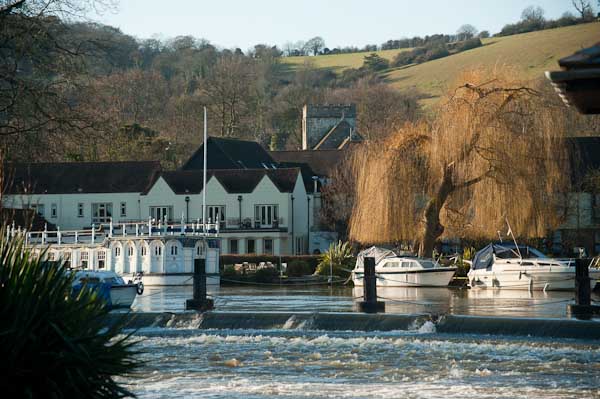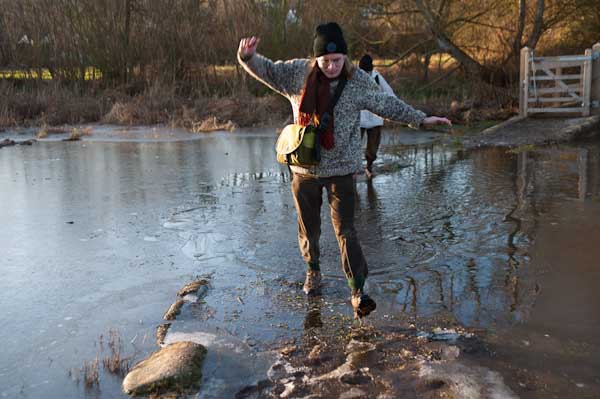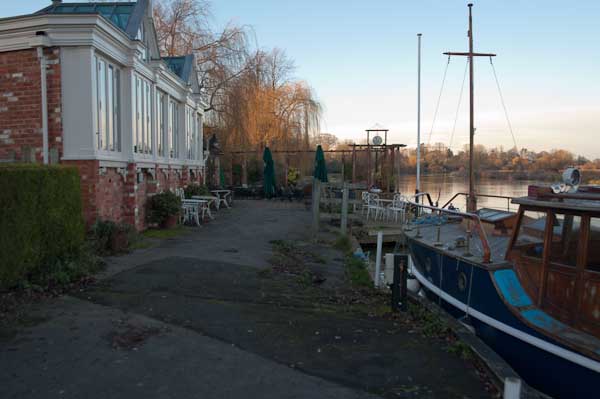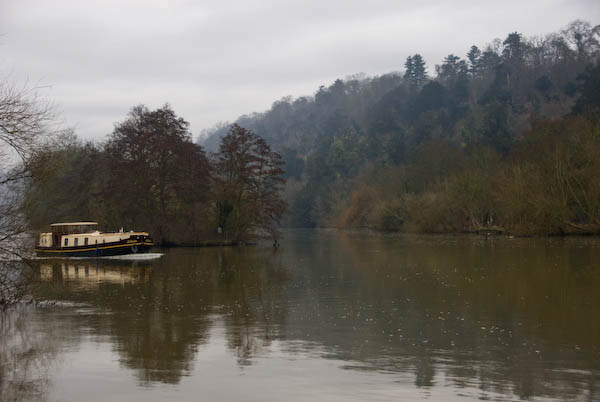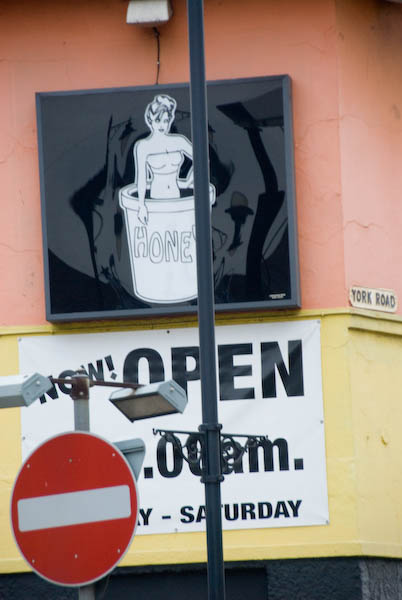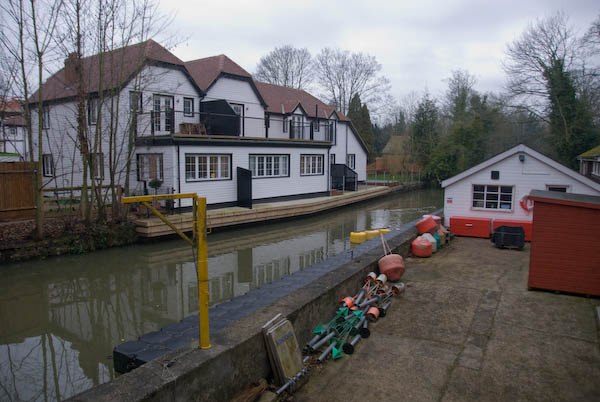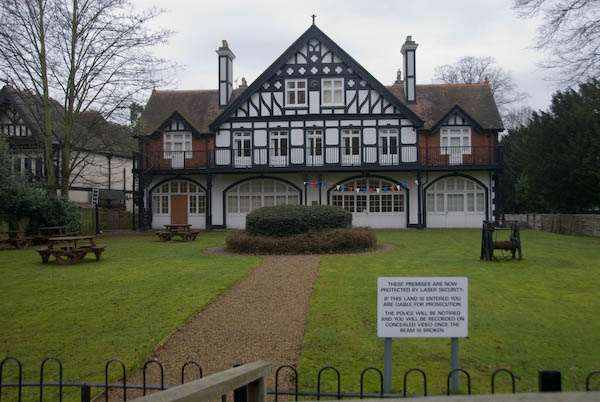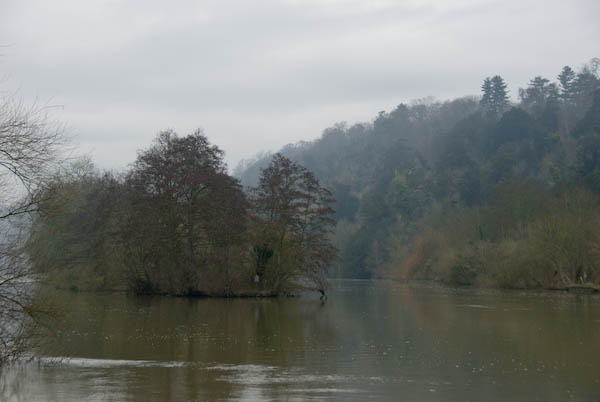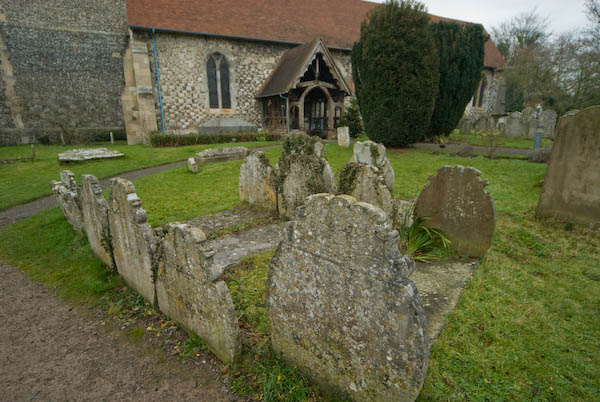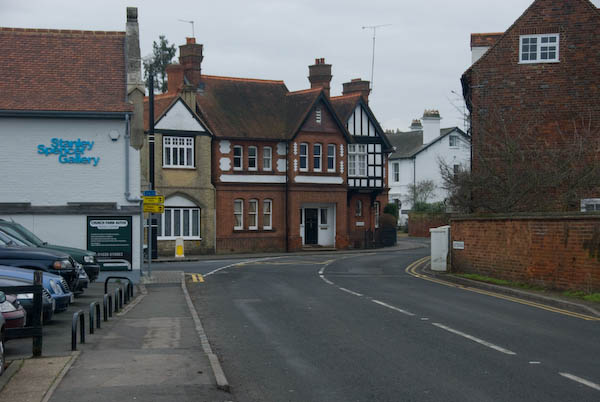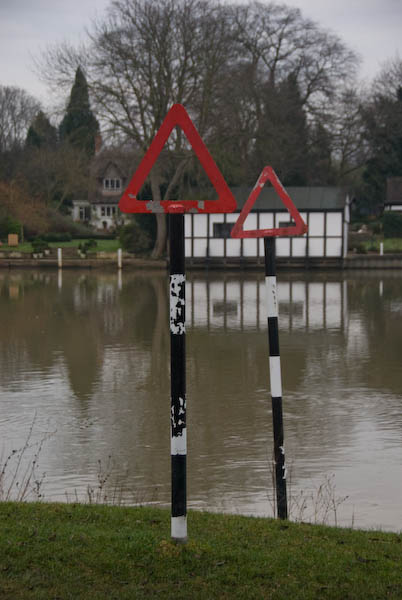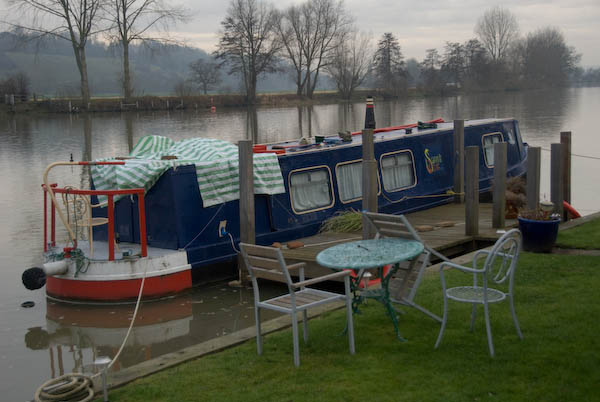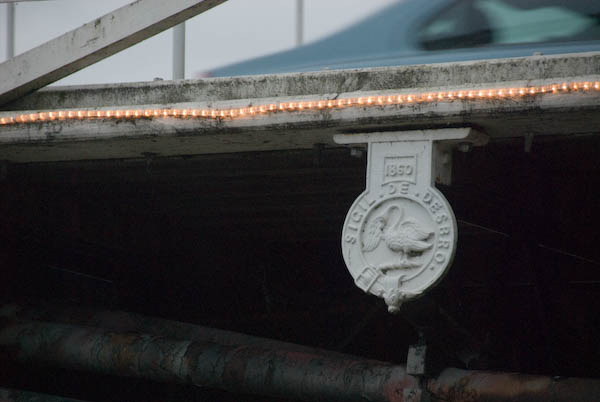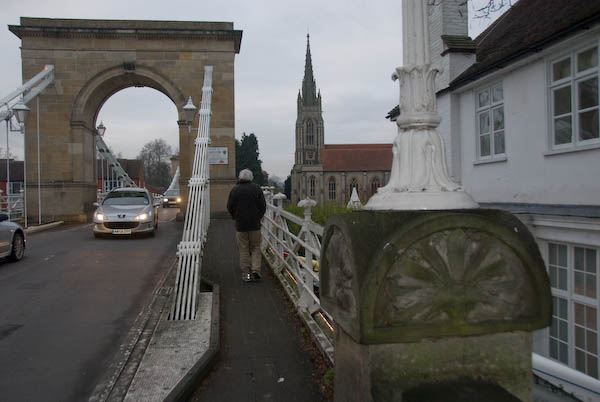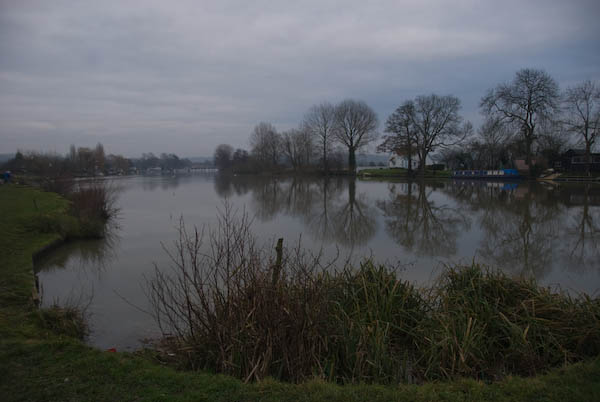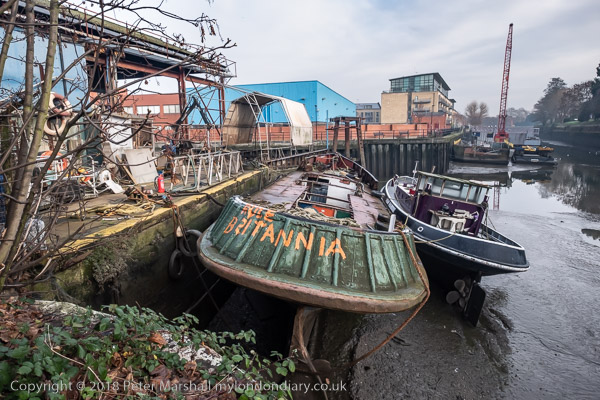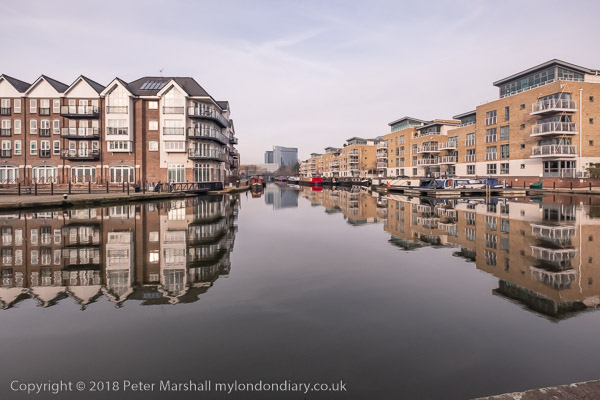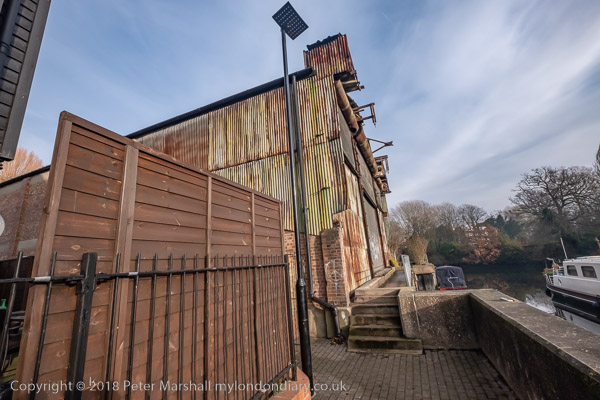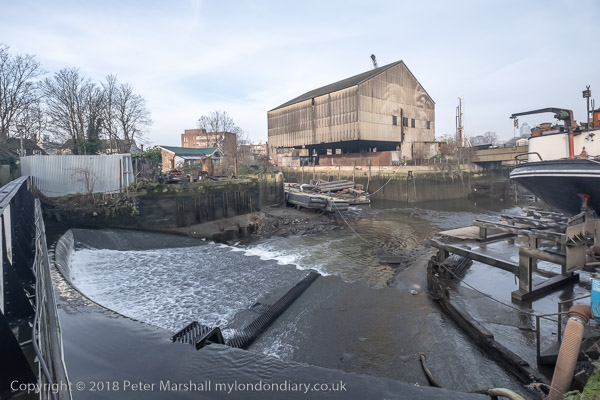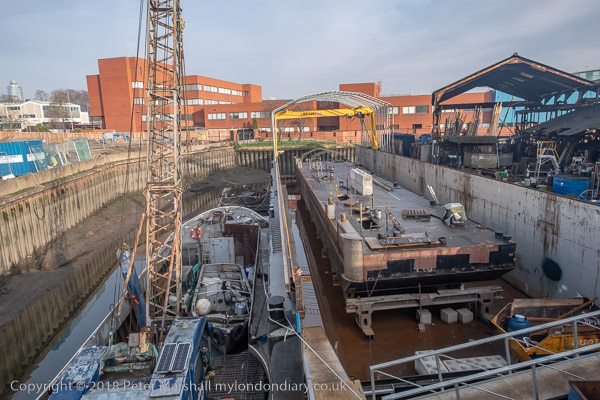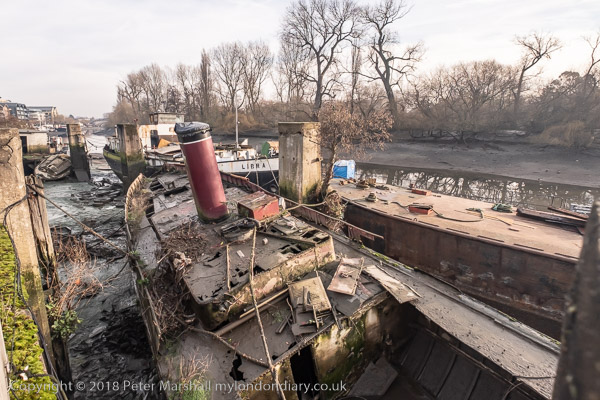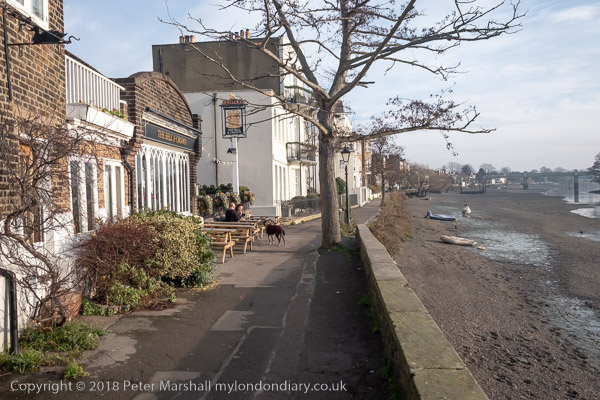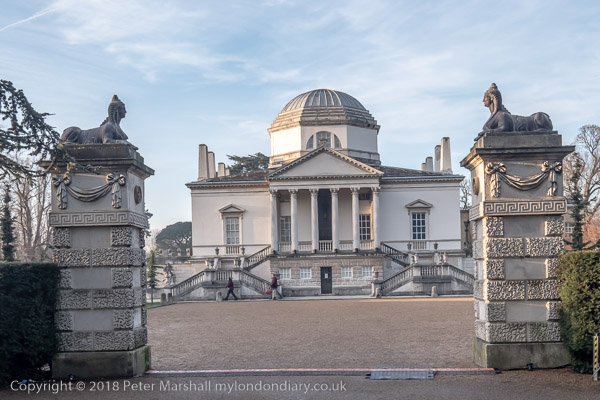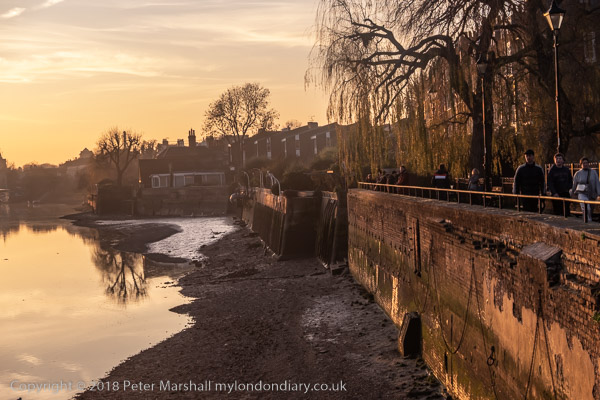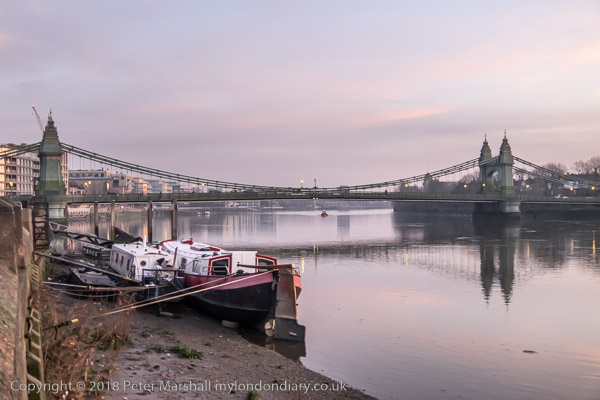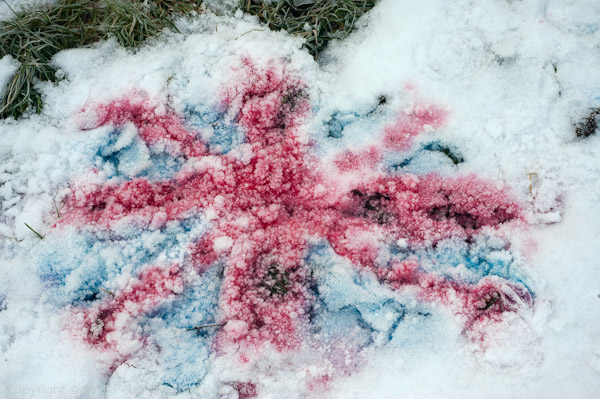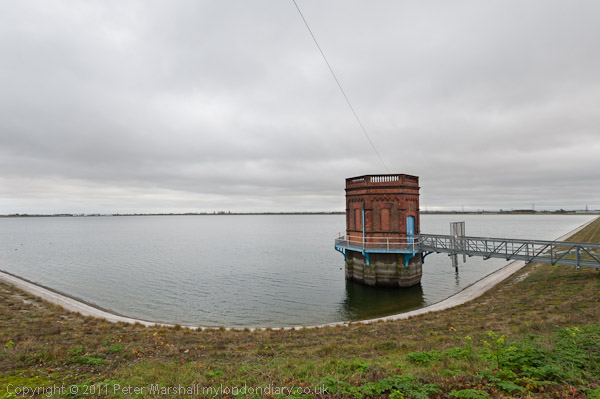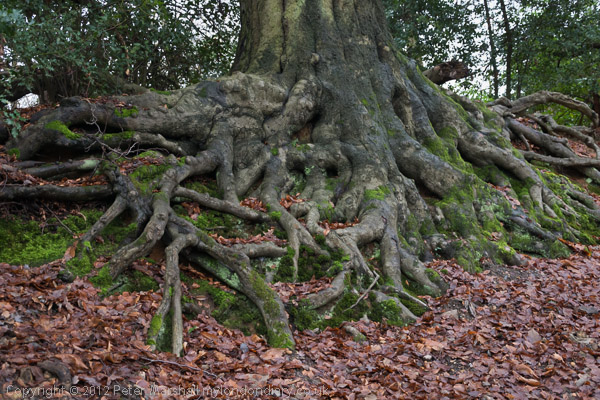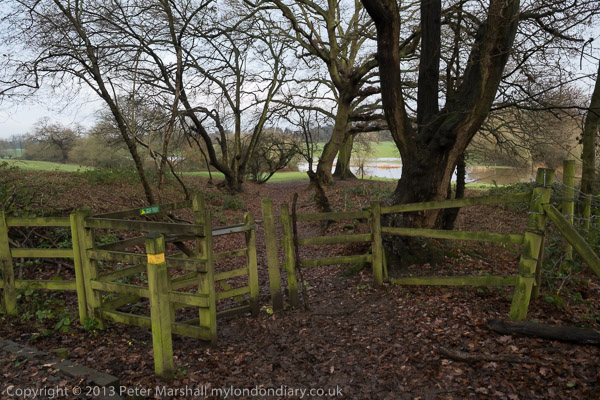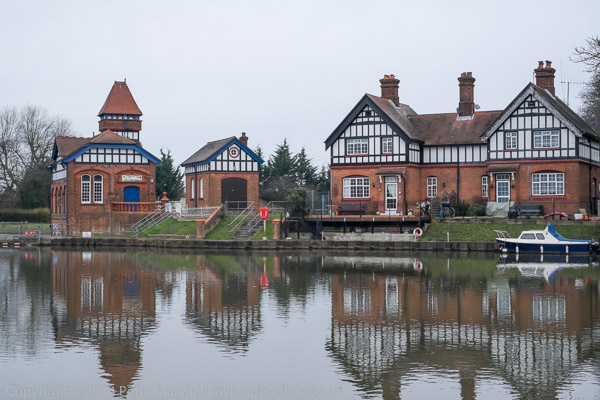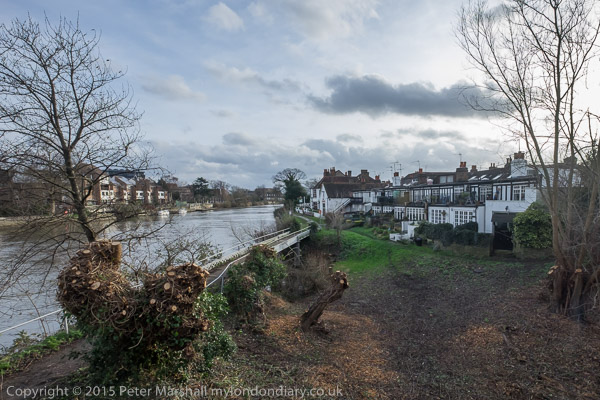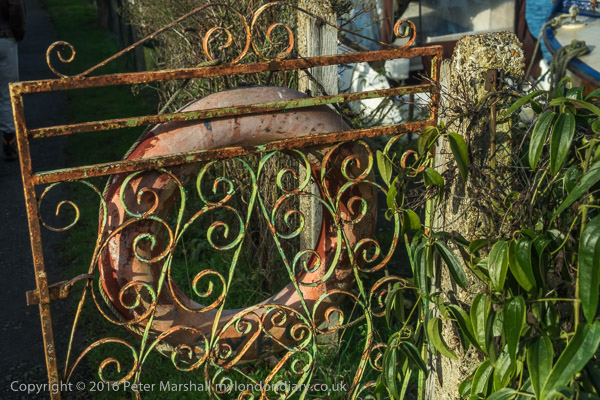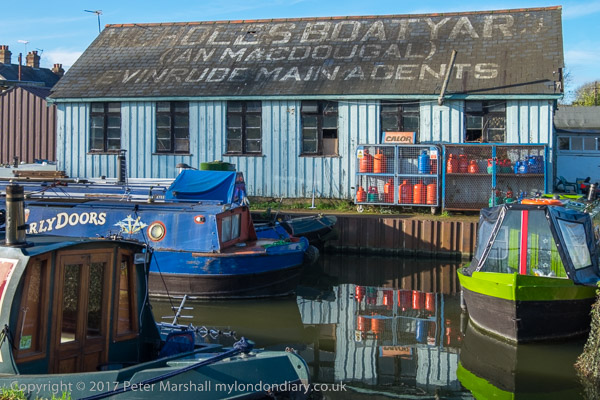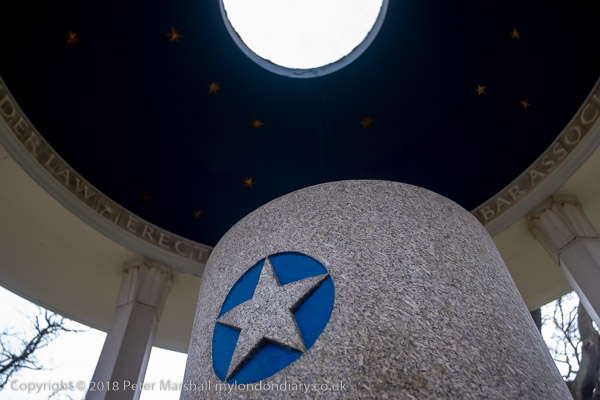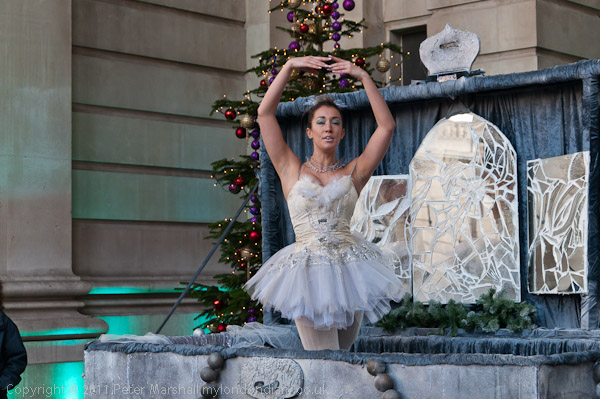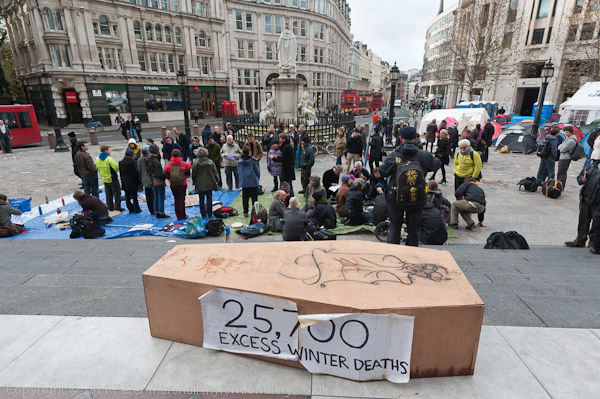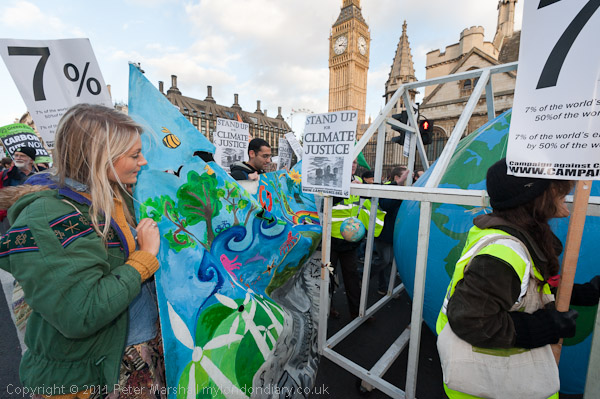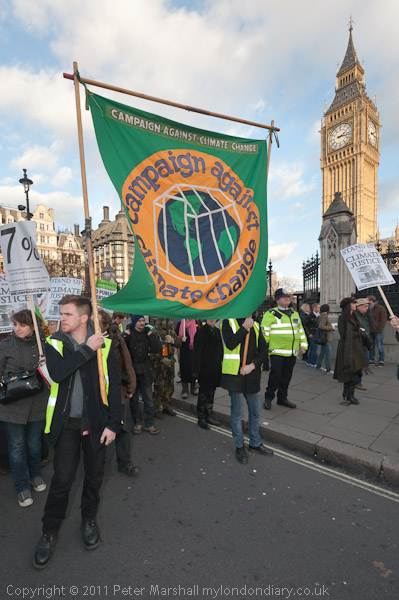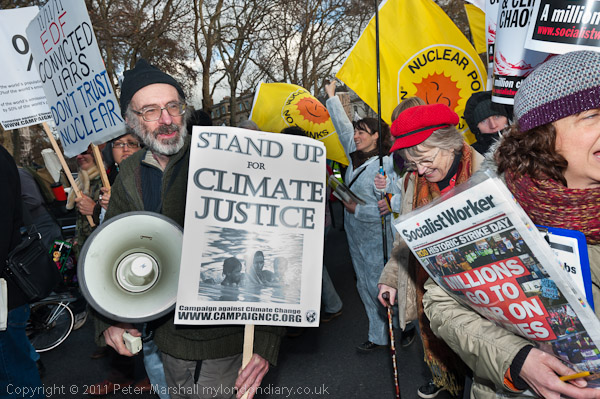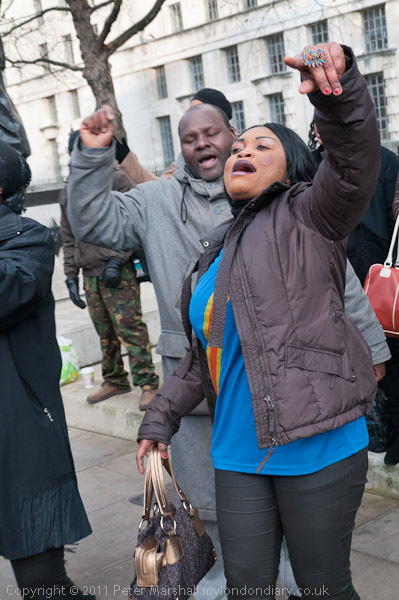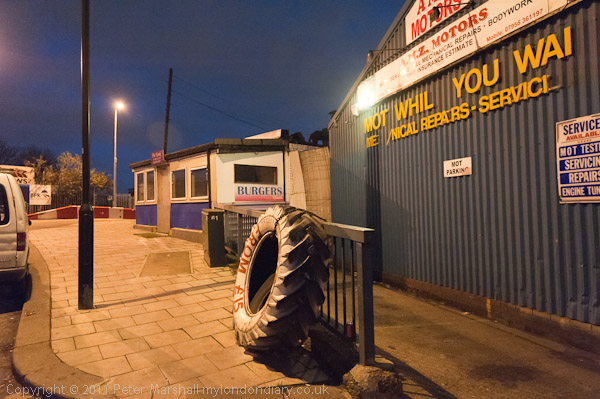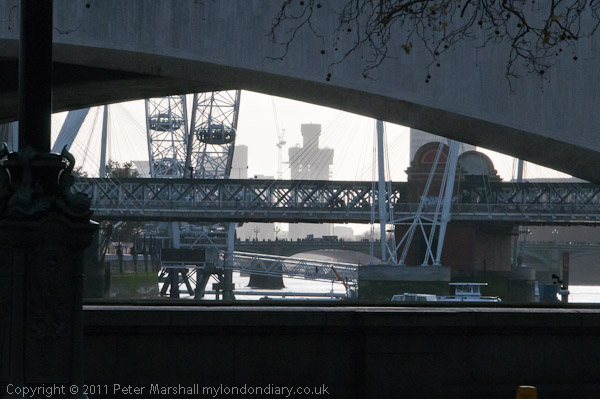Outsourcing, North Woolwich & Class War v. Rees-Mogg. Three years ago on Tuesday 26th February I spent the morning photographing several protests against outsourcing, had a rather late pub lunch, then went to North Woolwich for a short walk before rushing back to meet Class War who were protesting outside a Palladium show by Jacob Rees-Mogg.
Rally for an end to Outsourcing
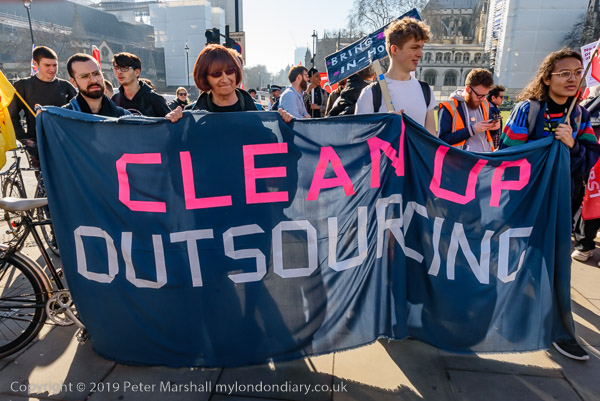
A legal challenge was taking place at the High Court on this day to extend the employment rights of the 3.3 million workers whose jobs are outsourced from the companies where they work to contracting companies which then sell them back to their place of employment at cut rates.
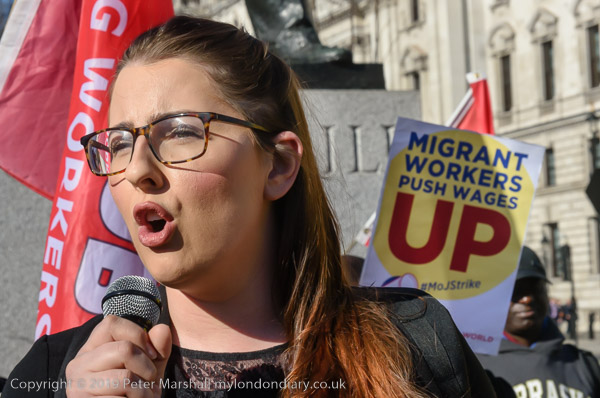
The contractors do this by cutting wages, trimming things such as pensions, maternity pay and holiday pay to the bare legal minimum, increasing workload and reducing hours of work and often bullying managers. Outsourced workers generally have little job security and are often denied necessary safety equipment and not given proper safety training.
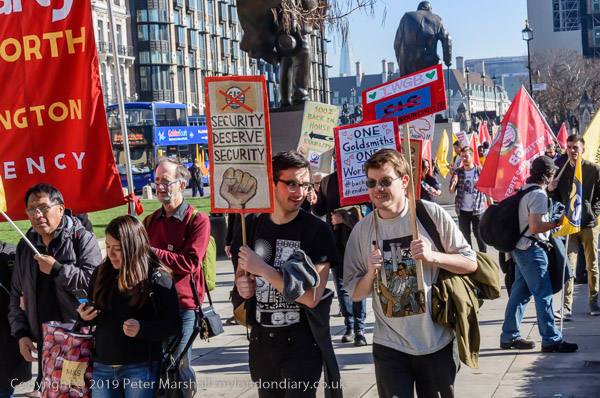
Workers, mainly migrants who work for the Ministry of Justice, Dept for Business, Energy & Industrial Strategy and the University of London were taking part in a one day strike in a coordinated action by the UVW and IWGB trade unions and the BEIS PCS branch to demand an end to outsourcing and the insecurity, discrimination and low pay it causes. They had started their march at 8.00am at the University of London and after a rally outside the High Court had marched to Parliament Square where I met them at 11am.
Rally for an end to Outsourcing
Outsourced Workers protest at BEIS
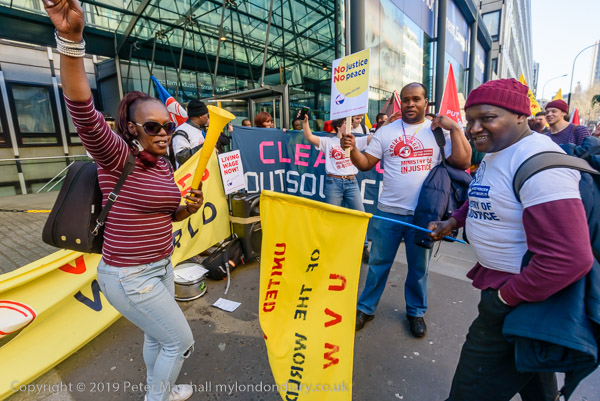
From Parliament Square the marchers went on to hold a further rally outside the Dept for Business, Energy & Industrial Strategy in Victoria St. Those striking at the BEIS included catering and security staff who are members of the PCS and are demanding the London Living Wage as well as end to outsourcing and the insecurity, discrimination and low pay it causes.
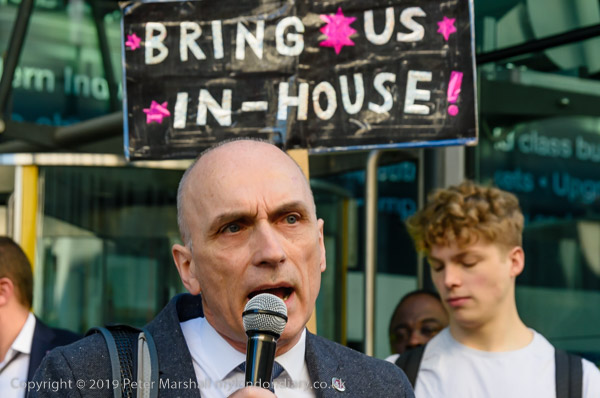
The PCS strikers led a lively rally with plenty of singing, dancing and shouting of slogans expressing their demands, which was followed by several speeches, including from Labour MP Chris Williamson, who brought messages of support from Labour shadow cabinet members and promises that a Labour government would end outsourcing.
Outsourced Workers protest at BEIS
Outsourced Workers at Justice ministry
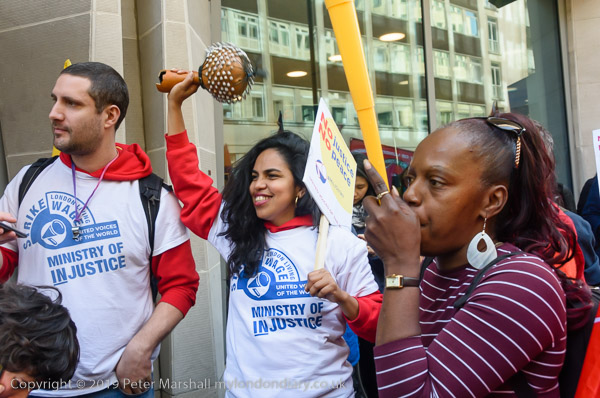
The marchers continued the short walk to the Ministry of Justice in Petty France, where low paid workers belonging to the United Voices of the World union at the Ministry of Justice have been campaigning for some time to get the London Living wage, but the Justice Minister has refused to talk with them. Many wore t-shirts calling it the Ministry of Injustice.
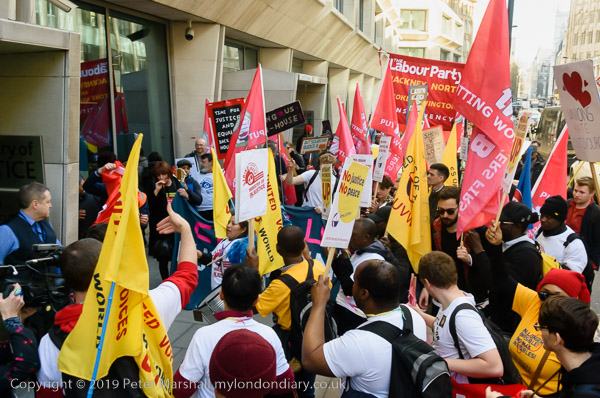
During the rally outside the building some of the UVW workers who had already been on strike for 24 hours went back into the ministry to resume work, to cheers and hugs from those on the street outside. The rally ended with music and dancing on the pavement, and I left for a rather late pub lunch in Holborn.
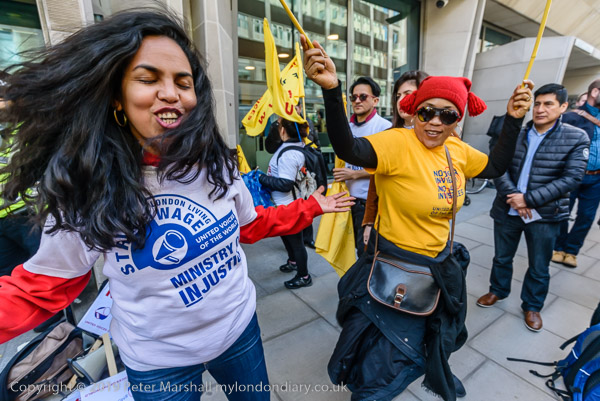
Outsourced Workers at Justice ministry
North Woolwich
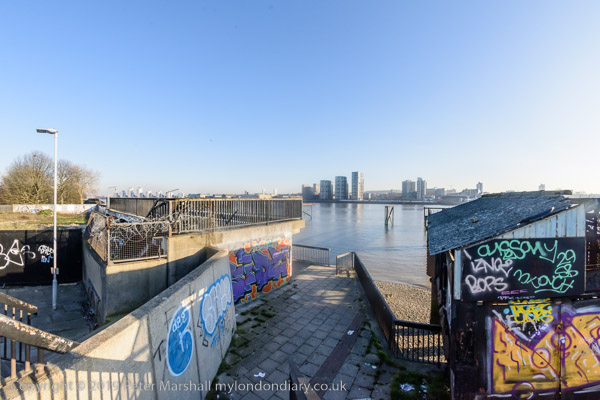
I’d been intending to walk a short section of the Capital Ring, mainly beside the River Thames, for some months as it had been quite a few years since I’d last been there and wanted to see how it had changed. I had an afternoon with nothing else I needed to photograph and although the sunny weather with clear blue skies was not ideal it seemed a good opportunity.
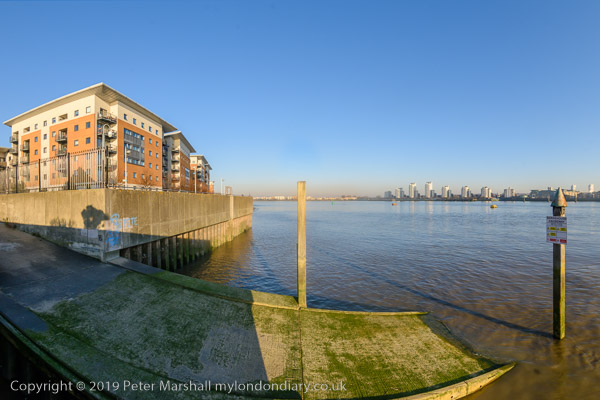
Panoramic photographs almost always have large expanses of sky, and on days like this it tends lack interest, as well as often giving unnatural looking variations in tone when getting closer to the sun. Getting to North Woolwich should have been simple and reasonably fast, but unfortunately there was trouble on the DLR and I had to make a less direct route, so had to rather rush on the walk and leave it half-finished. It was a few months later before I found time to go back and complete it.
Class War protest Rees-Mogg freak show
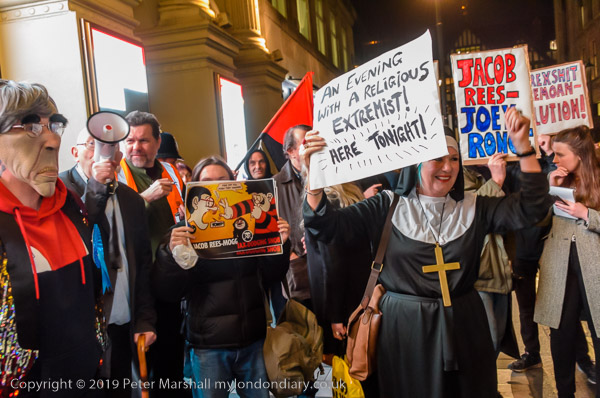
I find it hard to understand why anyone should want to come and listen to Jacob Rees-Mogg, let alone pay £38 for a ticket to do so at the London Palladium.
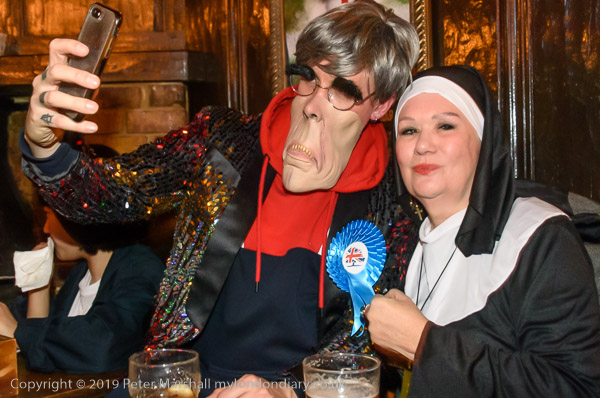
So too did Class War, and with Jane Nicholl dressed as a nun, Mother Hysteria, and Adam Clifford as Jacob Rees Mogg they loudly asked why people had come to listen to him “spout homophobic, transphobic, racist, pro-hunting, misogynist, classist, privileged” nonsense.
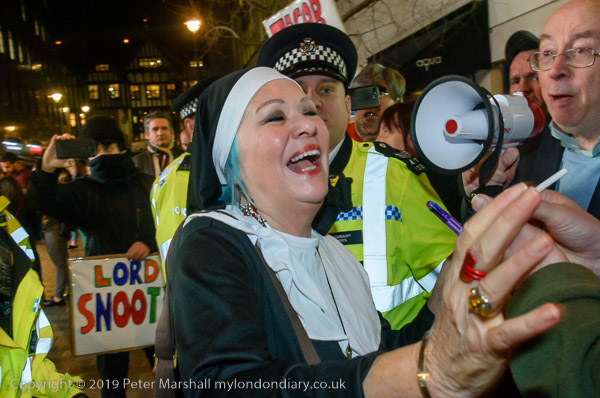
Their show on the street outside was almost certainly a better show than anything that would take place later inside the venue, and all for free. Police spent a considerable amount of public money on harassing them, and provided their own rather hilarious input by searching Mother Hysteria and threatening to arrest her for carrying offensive weapons after some novelty stink bombs were found in her handbag. When I left the officer who had stopped and searched her had already spent 20 minutes trying to write her notice of stop and search, probably at a loss trying to find some way to put it that doesn’t make it sound incredibly stupid.
Class War protest Rees-Mogg freak show
